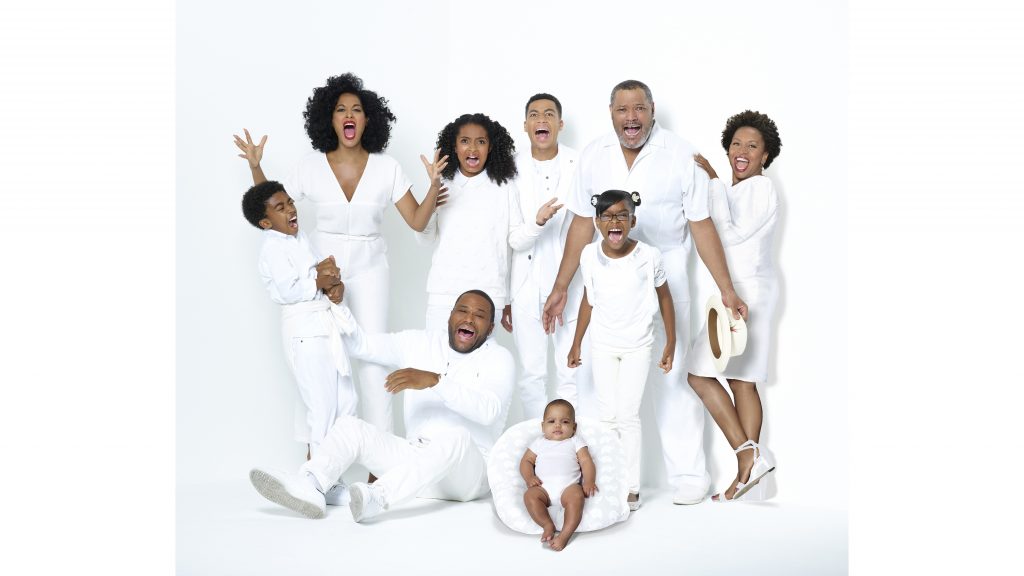When I was growing up, my mother always told me that with hard work I could do anything, but I never witnessed people like me doing anything on TV, in movies, in books, or even magazines. As I got older, I noticed a few more Indian people in media. All of them were either brainiacs or some over-exaggerated, “fresh off the boat” character. Proper representation of all people of color is important, because it’s not simply just white or black people consuming media. We need to expand the rainbow of color that is represented.
Now, of course it would be ridiculous to ask that each individual story of every single member of a minority group be told. But it’s not too much to ask that in general, people of color are at least represented like we exist. This goes beyond black and African American individuals. There’s such a separation between the United States and other countries, which is odd because we live in a globalized world. Millions of Native American, Asian, Caribbean, Latin American, and Middle Eastern people live here. Yet, traces of them are missing or misrepresented in something we all consume: media. These minorities are not some quirky outlier. We are normal humans who are part of the everyday fabric of the United States and should be represented as such.
RELATED: Kumar: Advocacy between minorities is key to success
The Center for Media Literacy reports, “First, whether intentionally or unintentionally, both the news and the entertainment media ‘teach’ the public about minorities, other ethnic groups and societal groups, such as women, gays, and the elderly. Second, this mass-media curriculum has a particularly powerful educational impact on people who have little or no direct contact with members of the groups being treated.”
When kids see someone who looks like them, it provides them with a role model or an idea of what people think of them. I could never relate to any characters when I was younger and had no idea until I was in high school that it was OK to embrace the fact that I was different. Minorities need to be able to identify themselves in media, and they need people of color to represent them so stereotypes aren’t all that’s left. On the flip side, other minorities and white people need an image that isn’t just a stereotype and is portrayed by someone from the actual group itself.
RELATED: The Interested Gentlemen of Lambda Theta Phi Latin Fraternity hosts Latinx Community Inclusion Discussion
There’s an idea in this country that people are either black or white. Everything in between disappears. We treat all minorities as one entity, and we think that if we represent the most oppressed, it’s an automatic fix for everyone else. This weird reverse trickle-down idea is not a real solution, because it’s not only black minorities who consume media.
Omar Khodor, the president of the Arab Students Association, believes representation is vital in such a diverse world. “It’s no secret that the media under-represent minority groups, but I think it’s important to consider the fact that media in America are very black and white and between those two spectrums, it erases a lot of brown minorities as well. To say that our black population is getting some representation, that should lead the way for other minority representation.”
I think it’s odd that when white people draw from other cultures in media, it’s called representation, but it’s a nonstarter to ask for minorities doing normal things or even representing their own culture. After decades of struggle, we finally have representation for black and African American people with shows like “black-ish” and the recent Black Panther film. We shouldn’t think of it as a completed job. Instead, let’s use the momentum that they have created and further expand diversity in all media.



